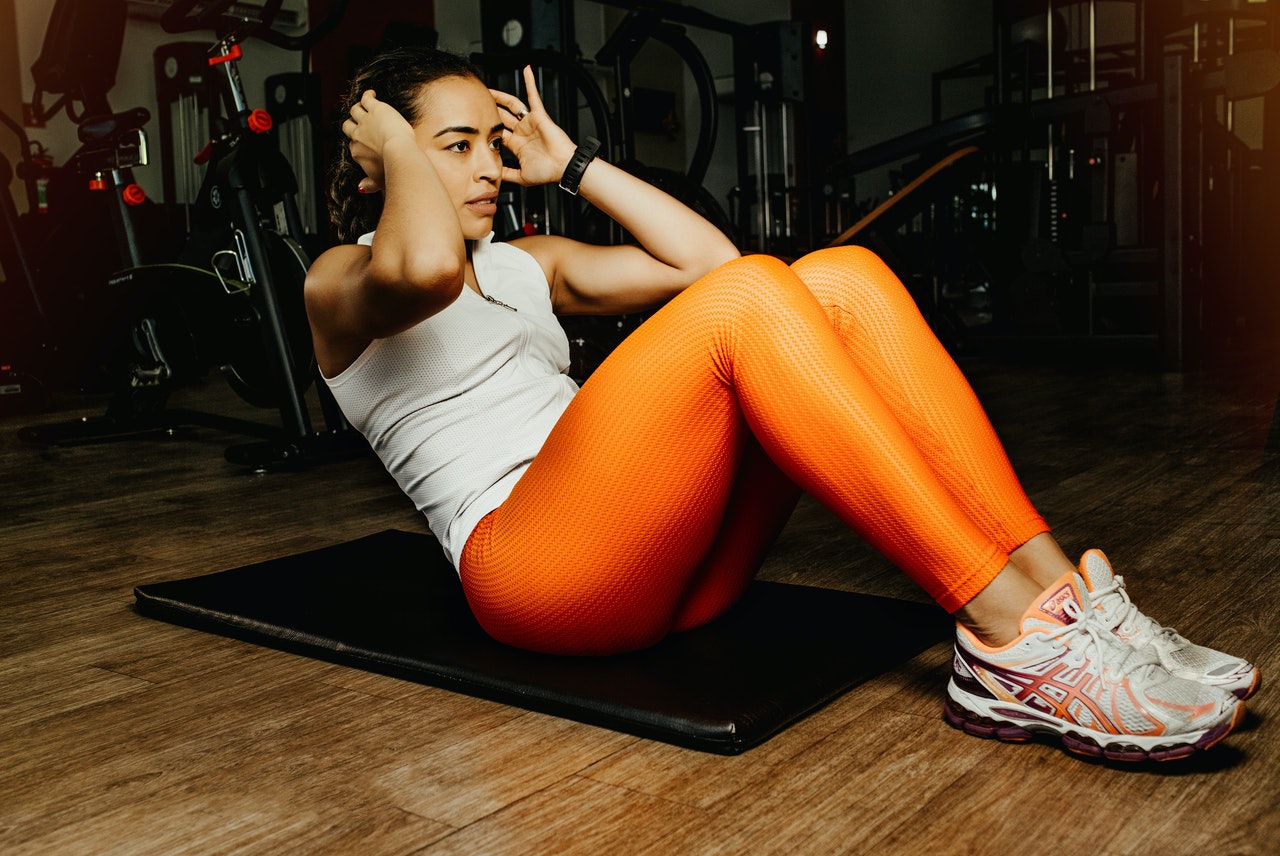Why Women Should Get Regular Massages
A good massage feels fantastic, relieves stress and inflammation in the body, strengthens the immune system, and promotes emotional healing through touch. It also gives us some peace of mind, knowing that we have made time to care for our bodies and spirits.

There is a stress divide between men and women, according to research. Due to the obligations of managing the household, emotional labor, and being moms or homemakers in addition to breadwinners or caretakers, women tend to carry and deal with more stress. Men are less prone than women (twice as probable) to suffer from stress-related anxiety disorders such as depression since they are not subjected to this additional pressure! It can also make people feel secure in themselves without any self-doubt, which can be detrimental to their mental health. This frequently leads to a downward spiral of shame when things go wrong, whether it’s not meeting something they set out to do or not being perfect in every aspect of their life.
Is it possible to have a massage on a daily basis?
Can I get a massage every day? It depends on the type of massage and what’s going on with your body, your specific issue, your body’s tissues, muscle imbalances – and how your body improves and progresses away from your symptoms – with the development of a comprehensive treatment plan tailored to your individual needs by a Registered Massage Therapist.
Is it bad to get a massage everyday?
You can safely have a relaxation massage twice a day – one in the morning and one at night – for general wellness and relaxation. With targeted massage therapy sessions that are less frequent, muscle pain reduction can take some time when treating a chronic disease.
Massage frequency, on the other hand, is determined by your medical condition, your specific goals for managing muscle pain, and your commitment to staying healthy.
If you have a lot of stress in your life, you might benefit from getting more relaxation massages per week.
What You Need To Know Before Getting A Sports Massage
- Recognize the Various Types of Massage
There are many various types of massage, and it’s vital to recognize the differences so you know what you’re getting yourself into. Some massages may sound exotic, but they don’t help you run faster. According to Leslie Goldblatt Denunzio, a marathoner and Brooklyn-based massage therapist, a Swedish massage is “simply skin moisturising at most,” while a hot stone massage is “soothing but does nothing in terms of releasing tight muscle.”
- Before scheduling a massage near a race, think twice.
Are you new to massage? Make your first appointment well in advance of a race — at least a few weeks – or the day after. “Just like you wouldn’t try out new socks or shoes on race day,” Denunzio explains, “you shouldn’t experiment with any pre-race bodywork.” A pre-race rubdown in the seven to two-day timeframe prior to an event can assist those who are accustomed with massage. All runners, even massage veterans, are at danger of race day pain if they receive therapy less than 48 hours before the event.
- Massages after a race are designed to aid recovery
According to Rosemarie Rotenberger, an orthopedic massage therapist, the light-touch, complimentary massages commonly offered at finish line festivals can help soothe the nervous system by allowing the body to begin its natural repair stage sooner. Denunzio also notes that racers can arrange a recovery-focused sports massage anywhere from a few hours to 48 hours after an event, though she advises massage rookies to wait three to four days because they may be too sore to really benefit from (and appreciate) the experience in the first few days.
- Pre-screen your therapist.
Ask inquiries regarding the therapist’s education and experience before making an appointment, such as “What is your training?” Gammal suggests, “How long have you been practicing?” and “Do you work with runners frequently?” If possible, get referrals and make sure he or she is a registered massage therapist. A massage therapist who is specifically trained in orthopedic treatment and assessment, according to Rotenberger, will know when to refer you to another healthcare professional if you’re experiencing persistent pain and discomfort that isn’t alleviated by massage.
- Stay hydrated when you arrive
Dehydration can cause the fascia and muscles to stiffen, making massages more uncomfortable. Before you sit down, make sure you’re drinking enough water.
Massages are a great way to relax and destress, which is why it’s important for us ladies to get them. If you’re not sure how often you should be getting massages or if you need more information about what type of massage would work best for your needs, contact our team today! We’ll help guide you through the process so that your next visit will be perfect. With all there is going on in this world we live in, it can really benefit women (and men) to take some time out of their days specifically allotted just for themselves. And hey- who doesn’t want more relaxation?

